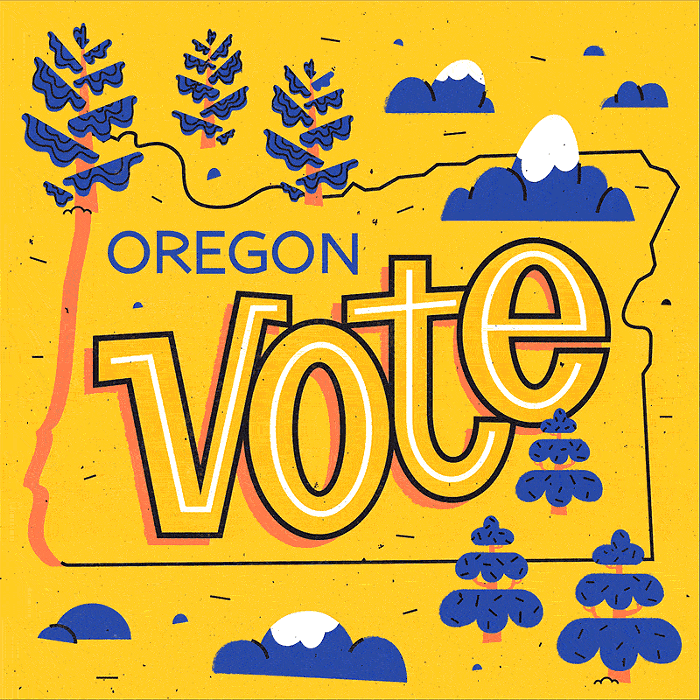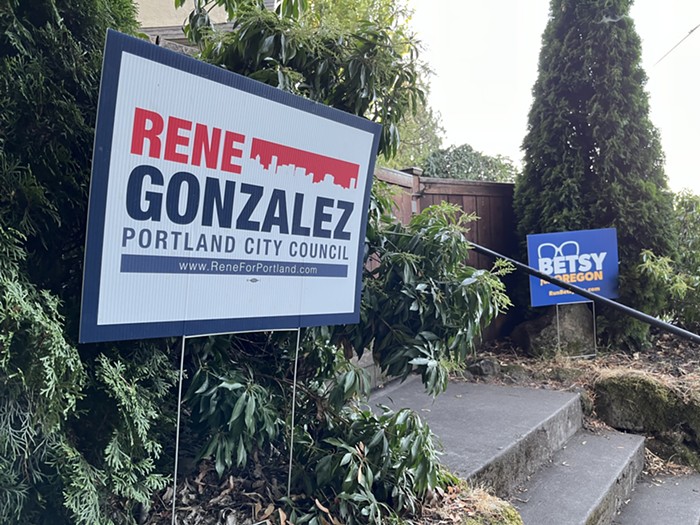EVERY DAY for eight years, Portland designer and illustrator Kate Bingaman-Burt, whose show More, More, More is on display at Liquid Agency for Design Week, made a small drawing of something she bought. The resulting collection totals almost 3,000 and looks like a cross between an expenses ledger and a visual diary, moving comfortably from the aggressively mundane—"Cheese crackers (I would like to add BLAND), $2.69," "Gas station hair elastics, $2.99"—to the revealing—"SAD light therapy device, $68. Winter is coming."—to the eminently practical: design staples like washi tape and Sharpies appear repeatedly.
But these small, quick drawings are just one piece of "Obsessive Consumption," Bingaman-Burt's abiding examination of consumption, capitalism, and "emotions attached to our stuff"—stuff we spend money on, stuff we regret spending money on, stuff that follows us seemingly forever in the form of debt, and stuff we steal. Her investigation has taken many forms: everything from photography to installation to long-term projects documenting her purchases and personal finances, and those of other people.
One of these pieces is "Celebrity," a photo project Bingaman-Burt shot before the advent of celebrity gossip sites. She assembled and photographed paparazzi photos, brightly colored, disjointed still lifes of trashy tabloids she bought with her groceries, overlaying celebrity faces with doughnuts and boxes of tampons. In another piece, "Stolen," she asked people to fill out a simple form documenting something they'd stolen and to check a box clarifying whether they were "sorry or not sorry." Among the items stolen: "candy, apples, ideas," and "unicorn stickers." Most people were not sorry. And in 2004, Bingaman-Burt started to make drawings of all of her credit card statements, in a durational practice that would continue until her debts were paid down from $23,000.
Bingaman-Burt's work around consumption is interesting and strange for the same obvious, voyeuristic reason that looking through anyone's bank statements or trash or credit history would be: These are not things we are normally allowed to see. Unless you work for the IRS or the NSA, they're private. They're also deeply fraught, saddled with guilt and shame, except when they aren't (again, most people were not sorry about stealing).
In an economic recession, in the wake of a foreclosure and student loan crisis, and given just how expensive an arts education can be, the transparency of Bingaman-Burt's work is a rare, timely look at the real cost of being a working artist. That she frames this information in a charming, homespun way makes it compulsively easy to consume as a viewer, a move that is as smart as it is jaunty.
It's worth noting that Bingaman-Burt, who teaches in the graphic design department at Portland State University, and works with local clients like Reading Frenzy, also provides graphic design services for a number of major corporations like Gap and Chipotle, which adds an extra layer of complication to her work and its dealings with consumer culture.
"As an illustrator, I work directly with carefully selected clients in the world of consumption, indirectly facilitating more, more, more," she says in her Design Week artist statement. "As an artist, I respond to this latent consumerism. My work is a conversation, an unending feedback loop."
During Design Week, Bingaman-Burt will be on hand to peddle mixtapes with songs about consumption and feelings during Liquid Space's October 7 open house. More, More, More goes on long after Design Week, with a staggering variety of events scheduled through December, including zine releases, a crowd-sourced free box (FREE STUFF!), and a Stolen Object Confessional, where you can confess to all those grabby-paw sins you aren't sorry about.
Kate Bingaman-Burt's More, More, More, Liquid Agency, 910 NW Hoyt, open house Tues Oct 7, 4-7 pm, free, exhibit runs through Dec 31













